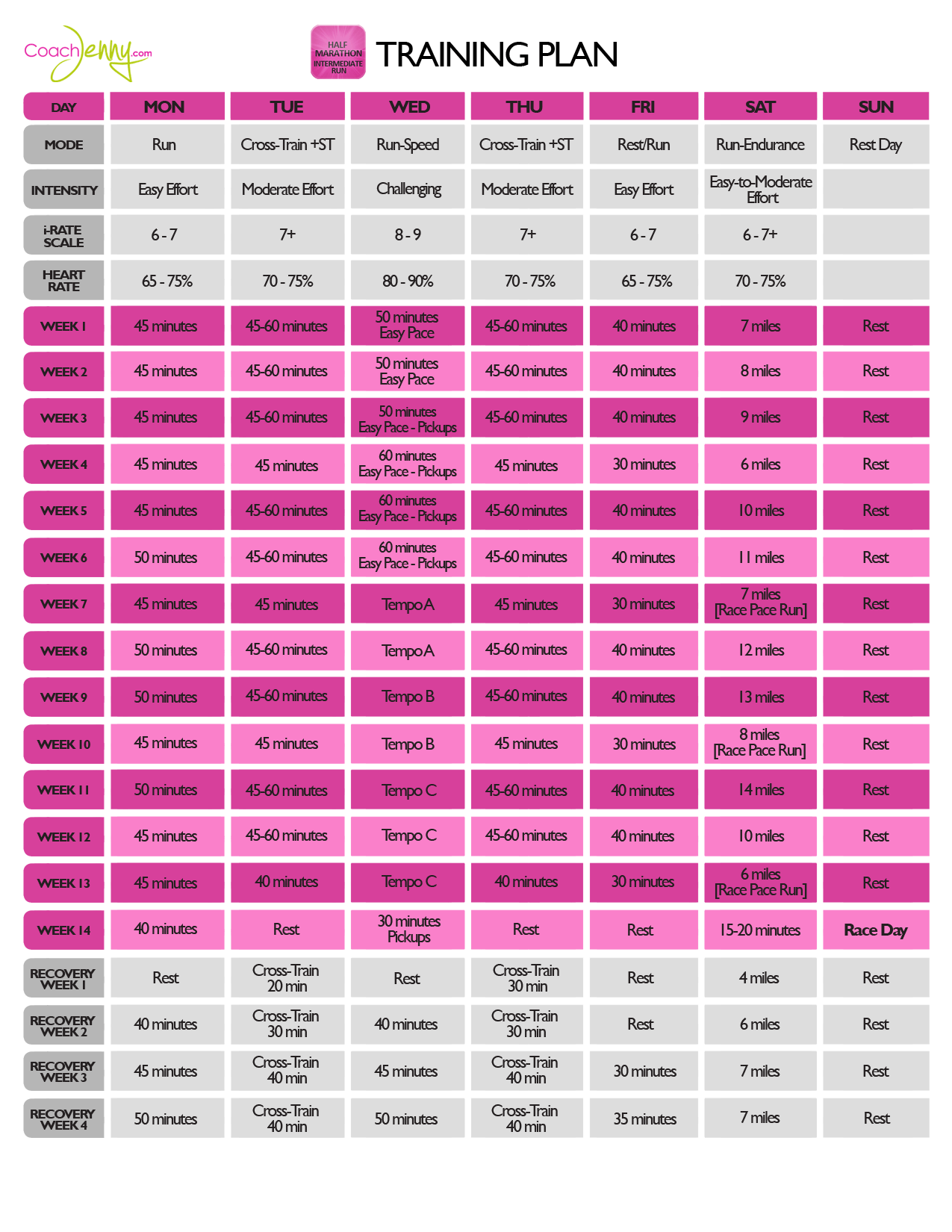


"So for two athletes of equal ability on race day, the one with the shoes is going to beat the one without the shoes."īrigid Kosgei celebrates setting a new world record in the women's event in the 2019 Chicago marathon on October 13, 2019. "The runner runs the race, but the shoe enables him or her to run it faster for the same effort or ability," Geoff Burns, a kinesiology researcher and pro-runner, told Business Insider in an email. But the Vaporfly's design minimizes that of lost energy, giving the runner more bang for the buck. Not all of that stored energy gets returned with each footfall, though - some dissipates as heat. The midsole acts like a spring, compressing when a runner lands, storing the energy from that foot strike, and expanding again to return that stored energy into the ground to push them forward. In addition to protecting our legs from the impact of striking the ground, running shoes store and release energy to propel us forward. The soles consist of a foam layer and carbon-fiber plate fused together.

The secret is in the sole, which is designed to help runners get the most forward push for each stride - in other words, run faster for the same energy expenditure. World Athletics, which governs most international track and field events (it was formerly known as the International Association of Athletics Federations), formed a working group to review the shoe and its technology last fall. The shoes' foam and carbon-fiber sole is designed to ensure that less energy is lost in each footfall.

Both independent and Nike-sponsored studies have confirmed that the shoes increase athletes' energetic efficiency by 4% or more, which yields significant dividends in marathon-length distances. Eliud Kipchoge, who holds the world marathon record, donned a Vaporfly prototype in October when he ran the first sub-2-hour marathon ever.īut some runners and researchers think the footwear confers an unfair advantage. Geoffrey Kamworor wore the shoes on November 3, when he finished the New York marathon in 2 hours, 8 minutes, and 13 seconds. The winner of the 2019 New York City marathon and the fastest marathoner in the world share a few things in common: They're both from Kenya, they train together, and they wear Nike Vaporfly running shoes. Account icon An icon in the shape of a person's head and shoulders.


 0 kommentar(er)
0 kommentar(er)
